ΣΧΟΛΙΟ ΙΣΤΟΛΟΓΙΟΥ : A ώστε εκτός των F22, F35 οι Κινέζοι υπέκλεψαν πληροφορίες και για το A7H (Έκδοση του Α7E για την HAF). Μα πόσο αμερικανάκια είναι τα...αμερικανάκια όταν αφήνουν κινεζική εταιρία να κατασκευάζει τμήματα του F-35;;; Τα θέλει ο κώλος τους. Τι τους λέγαμε εμείς ΕΔΩ , και ΕΔΩ .:
." .Επίσης αυτό που κάνει εντύπωση
βλέποντας κανείς το βίντεο είναι ότι δεν υπάρχουν μεγάλες
διαφορές....τόσο που κανείς αναρωτιέται, αν οι Χαζάροι ιδιοκτήτες όλων
αυτών των αεροδιαστημικών κατασκευαστικών εταιριών όπως η Lockheed Martin (που είναι καθαρά εβραϊκή εταιρία) ΔΕΝ δίνουν οι ίδιοι και στους Κινέζους τα ίδια σχεδόν σχέδια, με μικρές αλλαγές.!!! "...δεν είναι τυχαίο ότι πάλι το κινέζικο drone είναι σχεδόν ίδιο με το Northrop Grumman Unmanned Carrier Air Vehicle (UCAS-D) του προγράμματος X-47B της Lockheed Martin!! Αυτή η εταιρία δίνει όλα τα σχέδια στους Σίνες. .Αν
η Κίνα κλέβει τεχνολογία (που το κάνει με την βοήθεια των
Χαζαροεβραικών εταιριών) , τότε έχουν διεισδύσει στα κρατικά στρατιωτικά
απόρρητα των Δυτικών....σε τέτοιο βαθμό , που ίσως να τους κάνει να
χάσουν τον πόλεμο.!! Η τουλάχιστον οι Δυτικοί έχουν μια ΤΕΡΑΣΤΙΑ ΤΡΥΠΑ ΣΤΗΝ ΑΜΥΝΑ τους, την οποία θα πρέπει να κλείσουν και γρήγορα.!! Για αρχή τους συνιστώ να δουν , πως οι Βρετανοί
έσπασαν τους κώδικες Enigma της Ναζιστικής Γερμανίας κατά τον Β
Παγκόσμιο Πόλεμο και ας εξετάσουν το είδος του πλεονεκτήματος που μετά έδωσε την νίκη
στους Συμμάχους.".!!!!!!! Τα εξαρτήματα αυτά που κατασκευάζει η κινεζική εταιρεία, ελέγχουν πολλές από τις βασικές δυνατότητες του F-35.!!"
Τελικά ρε παίδες...έμεινε και τίποτε που δεν το έκλεψαν οι κινέζοι;; Η Honeywell έχει δύο θυγατρικές στην Κίνα , ήταν σαν να βάζατε τον Λύκο να φυλάει τα πρόβατα. Συν του ότι η Honeywell προμηθεύει και τα ανταλλακτικά στην Κίνα για όλες αυτές τις πολεμικές "πλατφόρμες". Η λέξη ΠΡΟΔΟΣΙΑ είναι πολύ λίγη για αυτό που έγινε. Και σας είχα προειδοποιήσει για αυτήν την ΤΕΡΑΣΤΙΑ ΤΡΥΠΑ στην άμυνα σας. Honeywell όπως λέμε Carbon Neutral = καταστρέψτε την κατασκευαστική ικανότητα των ΗΠΑ υπέρ της Κίνας. Το χειρότερο όλων απο όσα έδωσε η Honeywell στους Σίνες θα το δούμε στο άμμεσο μέλλον σε μια κινεζική παραλλαγή του κινητήρα T55 ή CTS8000 turboshaft που θα καταλήξει αναμφίβολα σε ένα επιθετικό ελικόπτερο. Όλα τα πολεμικά μυστικά τους αεροσκάφη είναι
αντίγραφα των f-35 και F-22. Η Honeywell ουσιαστικά διέπραξε προδοσία. Ποιος χρειάζεται κατασκόπους, όταν αυτοί οι ηλίθιοι παρέδωσαν τόνους διαβαθμισμένων πληροφοριών.
The U.S. government and defense contractor Honeywell have reached a settlement over alleged violations of portions of the Arms Export Control Act, or AECA, and the International Traffic in Arms Regulations, or ITAR. The matter at hand had to do with Honeywell's alleged unauthorized export of dozens of technical drawings relating to components of various aircraft, missiles, and tanks, including the F-35 Joint Strike Fighter, the F-22 Raptor stealth fighter, the B-1B bomber, the Tomahawk cruise missile, and the M1A1 Abrams, to multiple countries, including China. American officials contend that some of the disclosures harmed national security, something that Honeywell denies.
The U.S. State Department announced the deal, in which Honeywell agreed to pay $13 million in civil penalties, among other things. Of that amount, the payment of $5 million was immediately suspended on the condition that the company put it toward "remedial compliance measures." In addition, the U.S. government chose not to pursue more serious action based on Honeywell "voluntarily" disclosing the exports that violated the AECA and ITAR, which the State Department also continues to describe as alleged as a result of the settlement.
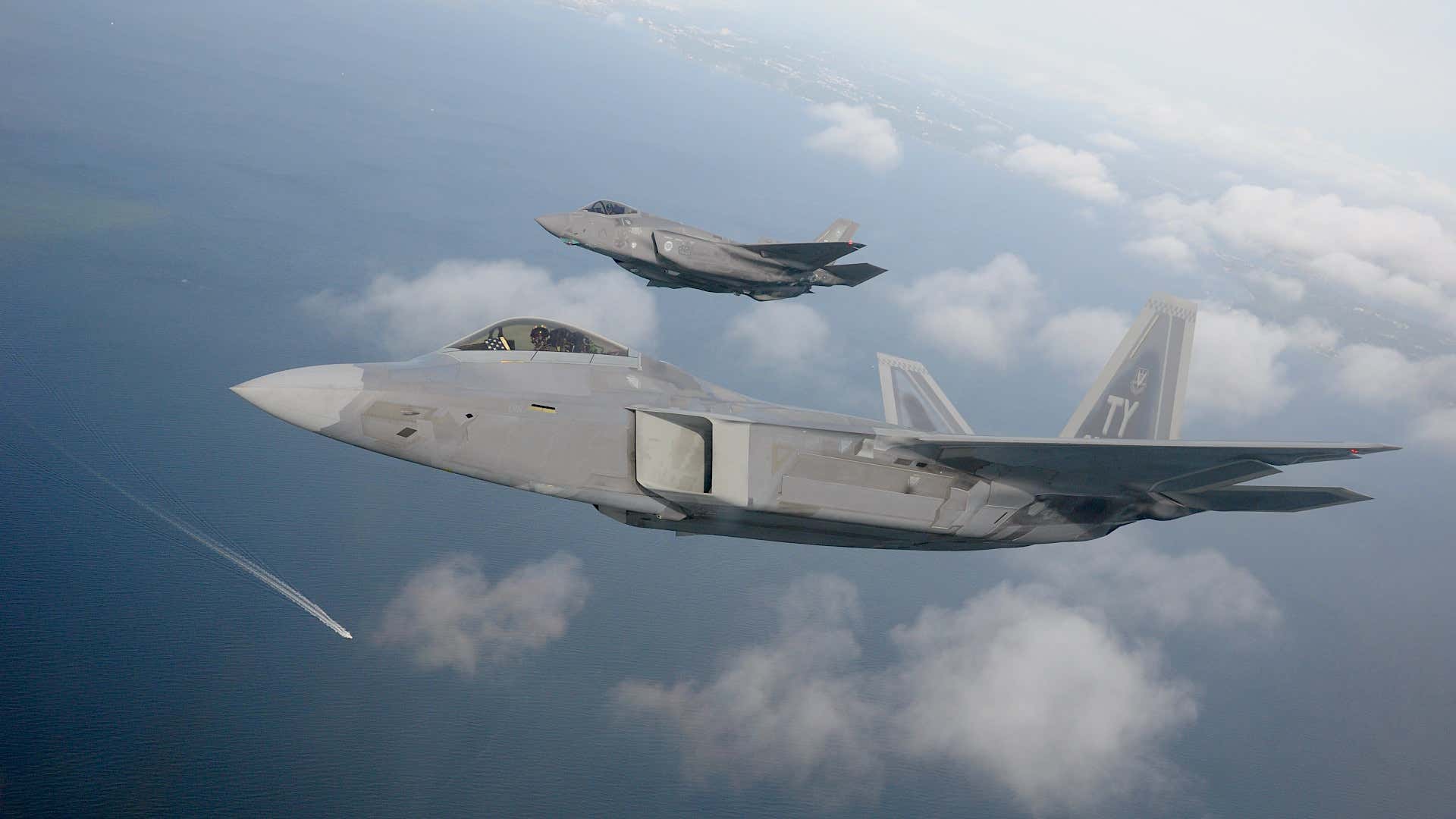
An F-22 Raptor, in front, flies alongside an F-35A Joint Strike Fighter. Technical drawings of components found in these two aircraft were among those that Honeywell allegedly made authorized exports of to China.
"The settlement demonstrates the Department’s role in strengthening U.S. industry by protecting U.S.-origin defense articles, including technical data, from unauthorized exports," according to a press release from the State Department. "The settlement also highlights the importance of obtaining appropriate authorization from the Department for exporting controlled articles."
"Honeywell voluntarily disclosed to the Department the alleged violations that are resolved under this settlement. Honeywell also acknowledged the serious nature of the alleged violations, cooperated with the Department’s review, and instituted a number of compliance program improvements during the course of the Department’s review," according to that statement. "For these reasons, the Department has determined that it is not appropriate to administratively debar Honeywell at this time."
The charging document in the case, now made public through the State Department's Directorate of Defense Trade Controls, says that "Honeywell ultimately identified 71 ITAR-controlled drawings that between July 2011 and October 2015 it had exported without authorization," in a disclosure it voluntarily made in 2016. Two years later, the firm acknowledged a second set of unapproved exports "that were similar to the violations disclosed in the first voluntary disclosure," according to the State Department.
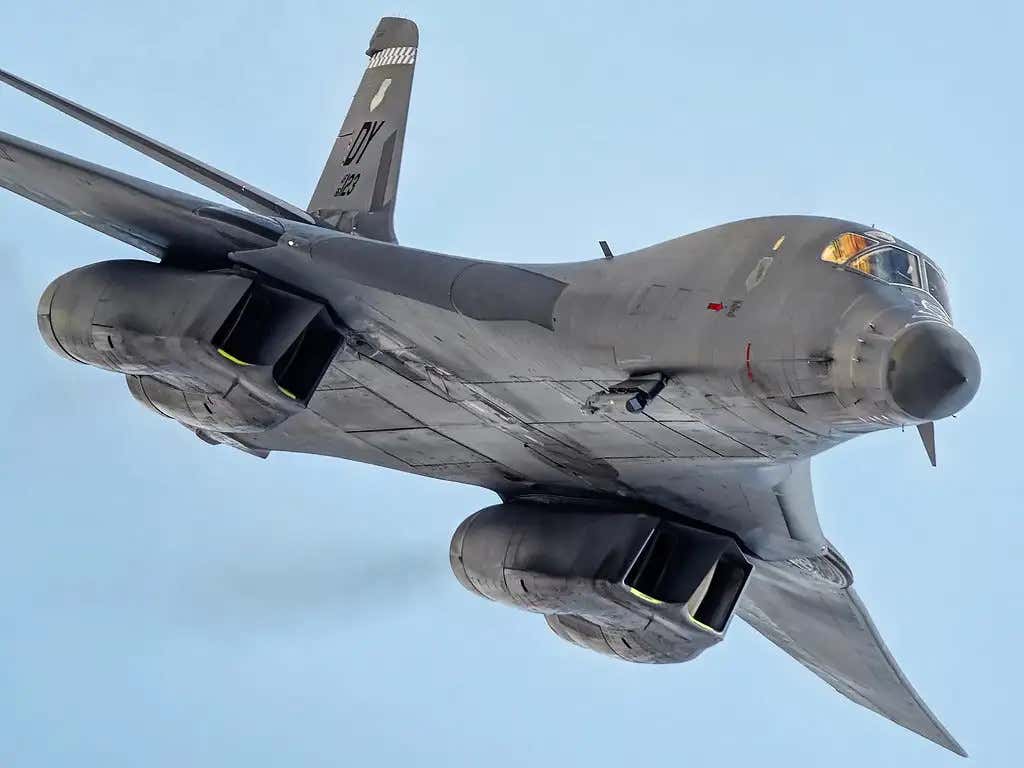
A B-1B bomber.
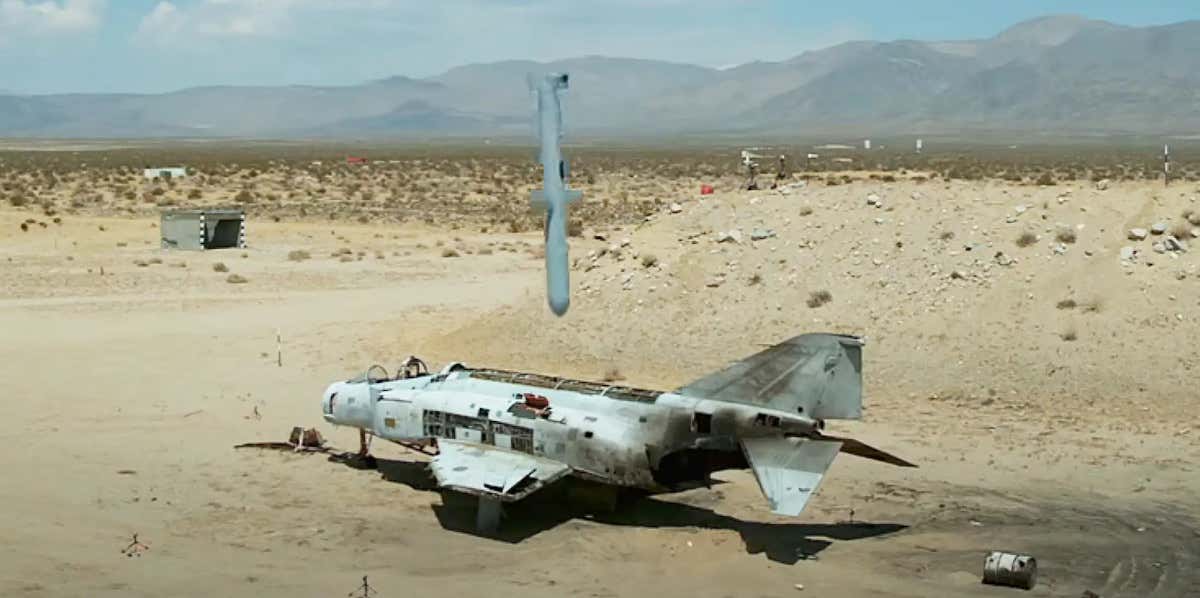
A Tomahawk cruise missile captured moments before hitting the hulk of an F-4 Phantom II fighter jet during a test.
All of these alleged exports had to do with drawings that "contained engineering prints showing layouts, dimensions, and geometries for manufacturing castings and finished parts for multiple aircraft, military electronics, and gas turbine engines" used on various aircraft and ground vehicles. The documents were shared via DEXcenter, "a file exchange platform" that the Honeywell employees in question typically use to "transfer drawings to suppliers."
That document includes the following list of impacted platforms, with a caveat that this was only some of the examples, rather than a full accounting:
- F-35 Joint Strike Fighter
- B-1B Lancer Long-Range Strategic Bomber
- F-22 Fighter Aircraft
- C-130 Military Transport Aircraft
- A-7H Corsair Aircraft
- A-10 Aircraft
- Apache Longbow Helicopter
- M1A1 Abrams Tank
- Tactical Tomahawk Missile
- T55 Turboshaft Engine
It's worth pointing out that the A-7H was a variant of the A-7E developed specifically for Greece's Hellenic Air Force and that the Corsair II series, as a whole, has been out of U.S. military service now for decades. The Greeks formally retired the last of their A-7s in 2014.
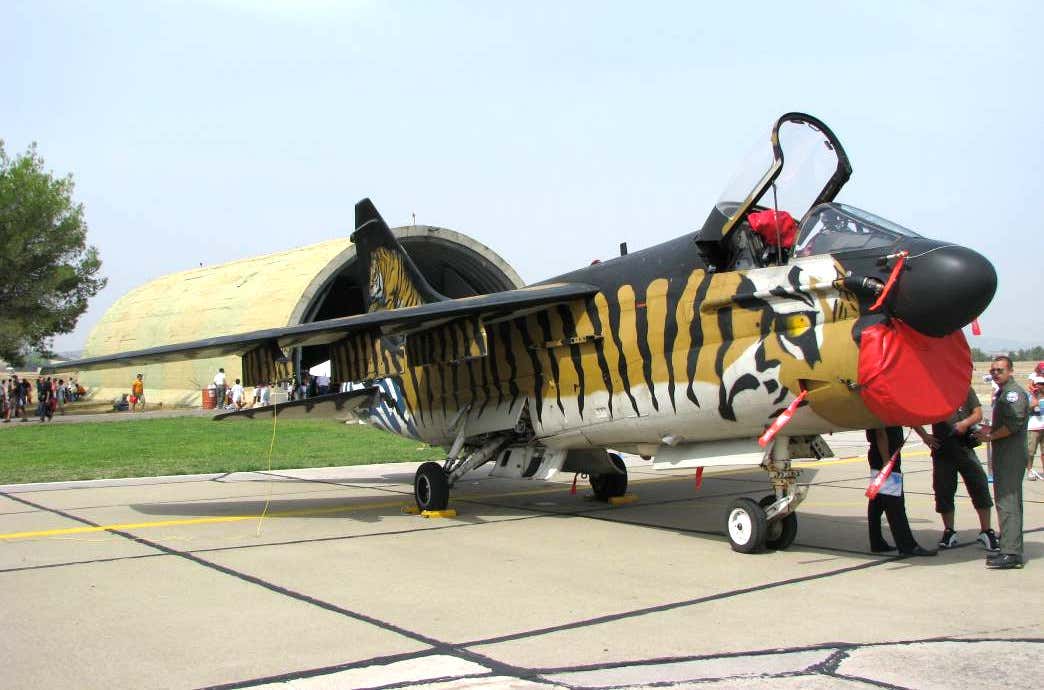
A Greek A-7H Corsair II in a special "Tiger" paint scheme.
Variants of the T55 turboshaft engine have been used on platforms over the years, most notably the CH-47 Chinook series of helicopters. The Boeing Sikorsky SB>1 Defiant advanced compound helicopter now under test by the U.S. Army also uses versions of the T55.
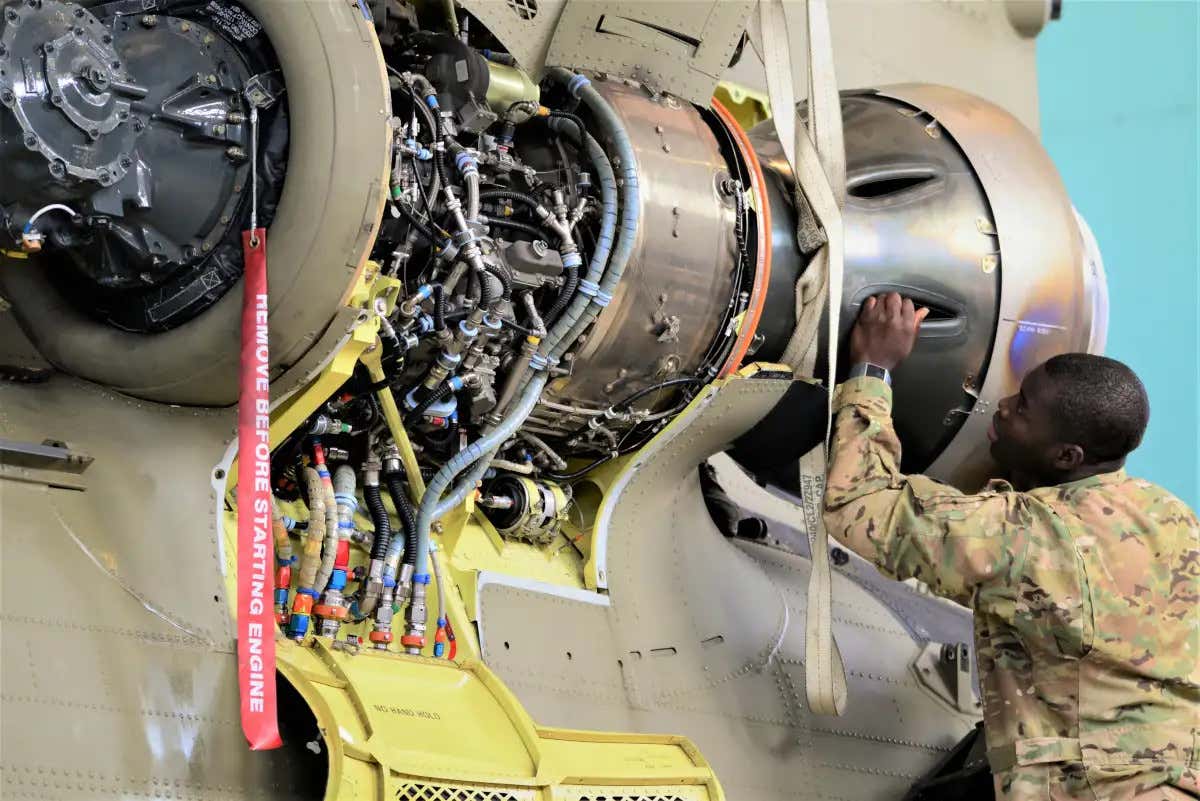
Honeywell is alleged to have made unauthorized exports of drawings related to components "that are used in platforms including in the F-35 Joint Strike Fighter, M1A1 Abrams Tank, Tactical Tomahawk Missile, B-1B Lancer Long-Range Strategic Bomber, and F-22 Fighter Aircraft platforms as well as the T55 and CTS800 turboshaft engines to the PRC [People's Republic of China]," specifically, according to the State Department. "The U.S. Government reviewed copies of the 71 drawings and determined that exports to and retransfers in the PRC of drawings for certain parts and components for the engine platforms for the F-35 Joint Strike Fighter, B-1B Lancer Long-Range Strategic Bomber, and the F-22 Fighter Aircraft harmed U.S. national security."

US Marine Corps M1A1 Abrams tanks.
The CTS800 engine, not mentioned in the earlier list, was originally designed to power the RAH-66A Comanche stealth helicopter. Today, it is found in the Leonardo AW159 Wildcat helicopter, used by the U.K. Royal Navy, among others, and the Turkish T129 ATAK attack helicopter, among others.
Additional alleged unauthorized exports of drawings were made to Canada, Mexico, Ireland, and Taiwan. However, the U.S. government did not assess any of these incidents to have directly impacted national security, according to the charging document.
Honeywell has disputed the national security implications of the transfers, which it first disclosed to the U.S. government in 2018.
"The issues Honeywell reported involved technology that was assessed as having no impact on national security and is commercially available throughout the world," the company said in a statement. "No detailed manufacturing or engineering expertise was shared."
It is also worth noting that the provisions of the AECA and ITAR are extremely stringent. They even place serious penalties on the foreign export of seemingly innocuous items, such as certain unclassified technical manuals that can otherwise be freely bought and sold by U.S. citizens.
At the same time, even if details about the core technology in question are freely available internationally, it seems hard to see how exporting drawings that could relate to the use of said technology on sensitive platforms, such as the F-35, F-22, B-1, or Tomahawk cruise missile, would not be at least concerning.
The Chinese government has a long history of conducting industrial espionage with the aim of acquiring various military and commercial technology, especially aviation-related systems, with a particular focus on aircraft engines. In 2018, U.S. and Belgian authorities notably worked together to apprehend a Chinese spy accusing of stealing aerospace information from various American firms, including General Electric. The country's intelligence services have already obtained other more sensitive information about various modern American weapon systems, including the F-35 and F-22, as well.
"In my discussions — in my discussions with President Xi, I told him, 'We welcome the competition. We’re not looking for conflict,'" President Joe Biden said last week, referring to Chinese President Xi Jinping, in an address to a joint session of Congress on April 28, 2021. "But I made absolutely clear that we will defend America’s interests across the board. America will stand up to unfair trade practices that undercut American workers and American industries, like subsidies from state — to state-owned operations and enterprises and the theft of American technology and intellectual property."
It's certainly possible, now that this settlement is public, that more information about the specifics of what was allegedly exported and the operational security issue at play may now emerge. Whatever the case, the alleged violations are certainly disconcerting given the lengths Chinese authorities are known to go to secure similar information illicitly.
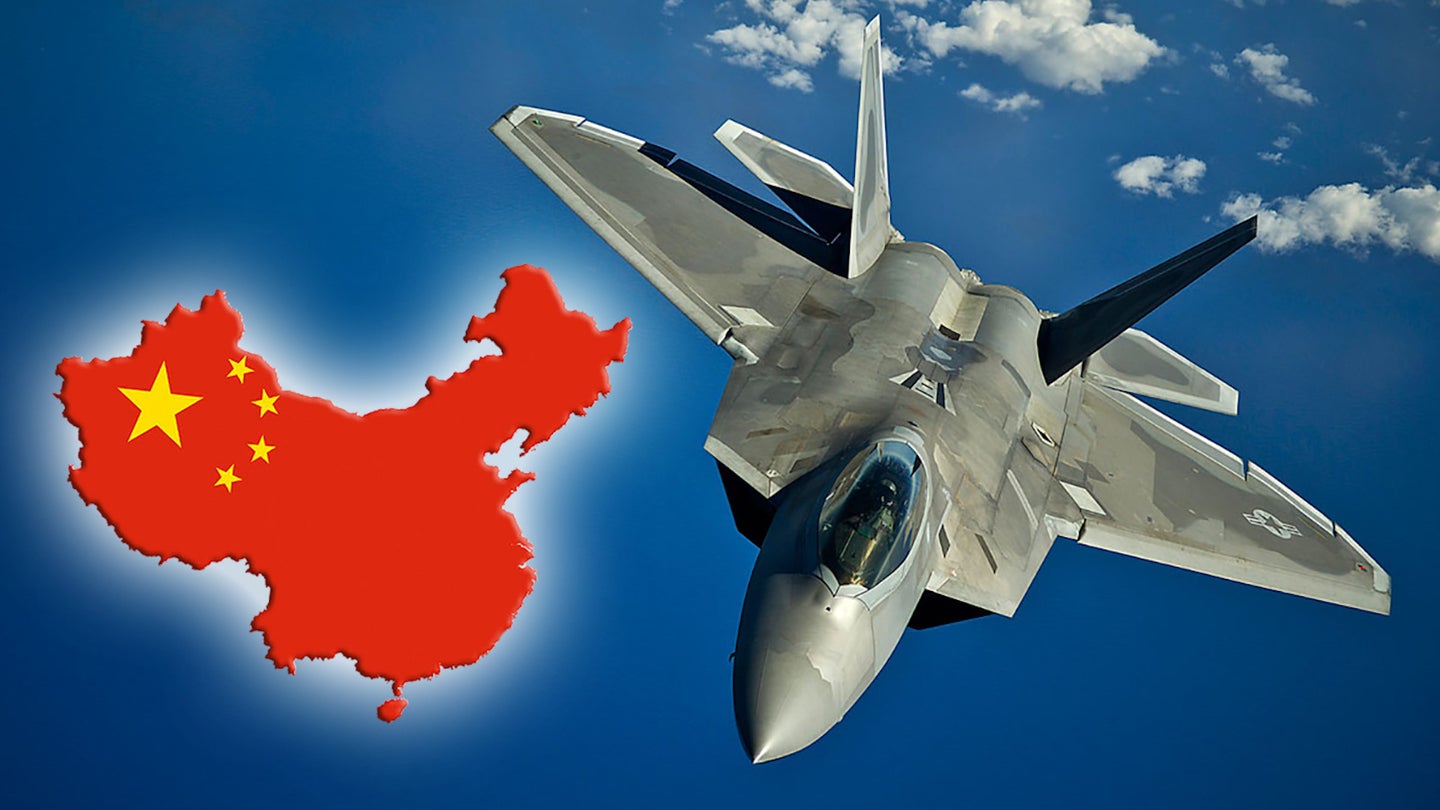
Δεν υπάρχουν σχόλια:
Δημοσίευση σχολίου